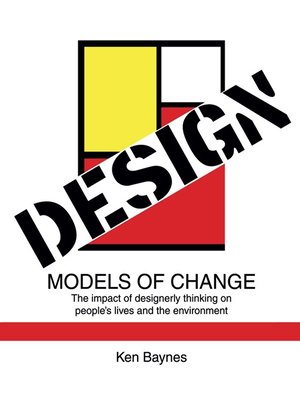
Sign up to save your library
With an OverDrive account, you can save your favorite libraries for at-a-glance information about availability. Find out more about OverDrive accounts.
Find this title in Libby, the library reading app by OverDrive.



Search for a digital library with this title
Title found at these libraries:
| Library Name | Distance |
|---|---|
| Loading... |
How do designers do what they do? How do architects, engineers, industrial, fashion and graphic designers think? What is it that goes on in their minds that enables them to shape the things that people buy, use and inhabit? And how far do they share their mental abilities with people at large? Is it true that everyone is a designer in their own way? In Models of Change, Ken Baynes draws on a lifetime's research and experience to suggest answers to these questions. He uses the latest findings from neuroscience and evolutionary biology but also traces the story of designerly thinking back to the early days of homo sapiens sapiens and such momentous changes as the invention of cooking, the Enlightenment and the industrial revolution. Essentially the ability to design depends on the capacity of the human mind to make coherent causal models of our experience and the world. Using these cognitive models we remember the past, interact with the present and imagine the possibility of alternative futures. Design focuses on the future of material culture and so sets out to provide a favourable environment for the evolution of human society. So far so positive. However, Ken also identifies a malignant role played by design in the environmental, social and economic crises now facing the world. How can the energy and creativity of designerly thinking be directed to these key issues? A central aim of the book is to launch a debate on this topic which is crucial to the survival of homo sapiens







